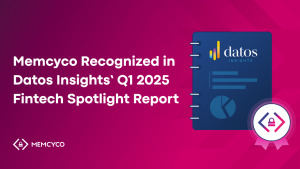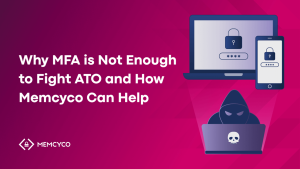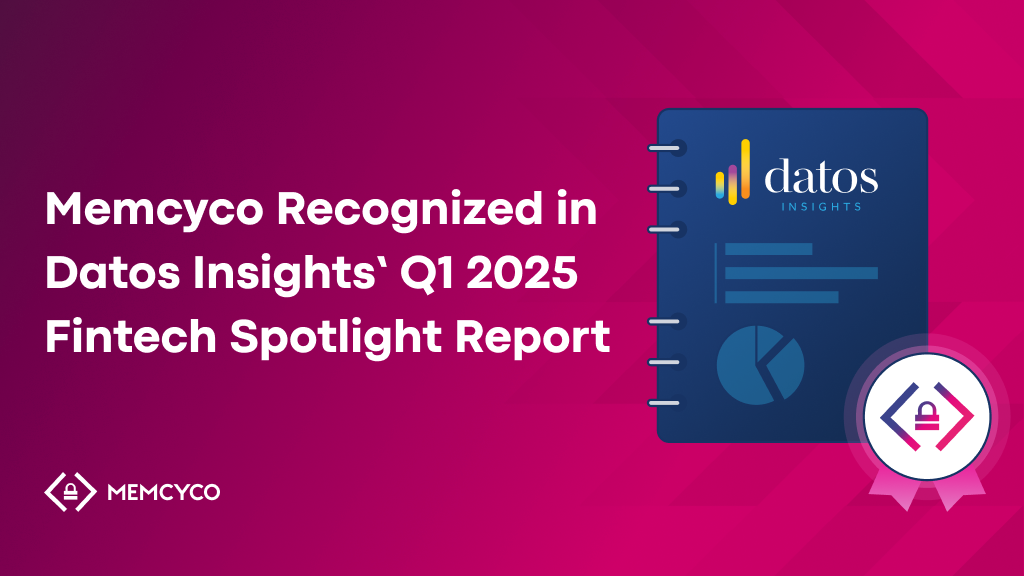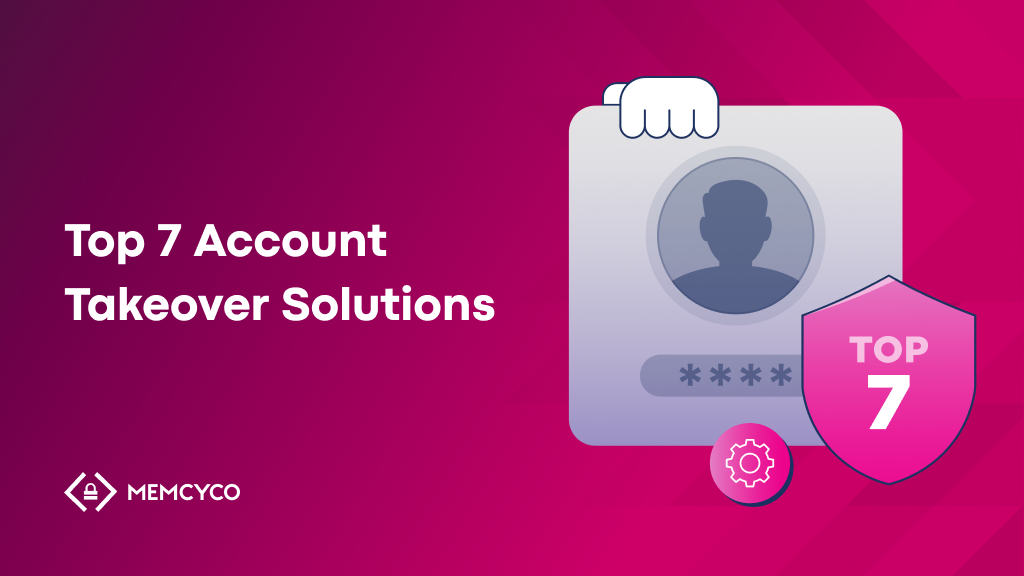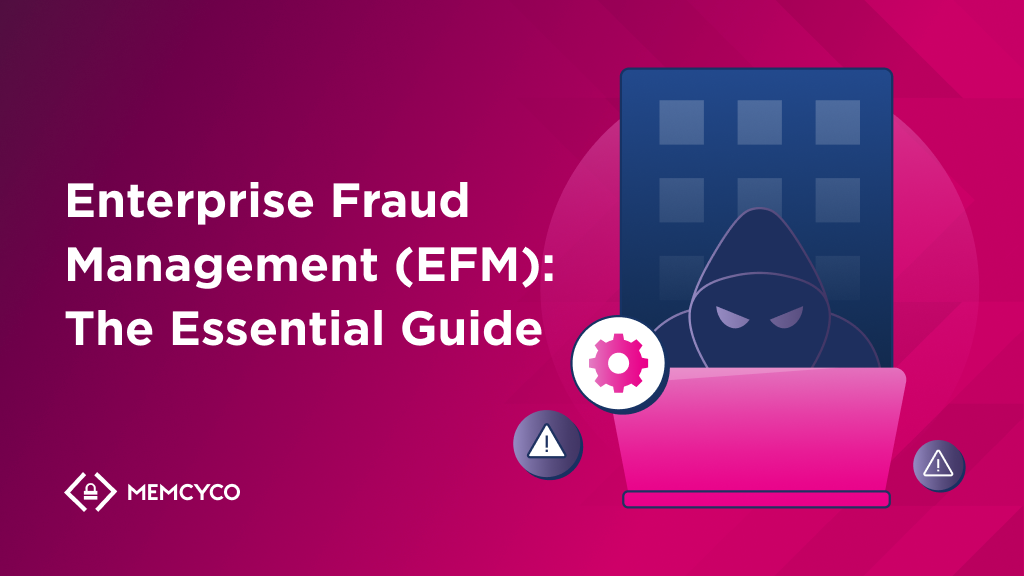More transactions, less vigilant consumers, and countless digital impersonators ready to exploit them – for scam-targeted industries and cyber teams, the holiday season is a full-spectrum stress test.
Those who pass with flying colors have likely adopted key reinforcements that adapt posture for the era of off-the-shelf social engineering scams assisted by AI. Those that don’t are likely still reliant on outdated solutions and customer education.
Before exploring some fraud prevention adaptations enterprises should be adopting, let’s cover a real-world example of what success looks like in terms of passing the seasonal holiday scams stress test.
How Amazon Adapts Cyber Posture to Expect the Unexpected During the Holiday Scam Season
During the 2023 holiday season, the company faced a massive challenge when over 45,000 phishing websites attempted to mirror its shopping experience, aiming to deceive customers into revealing sensitive information like credit card details. These phishing attacks highlighted key vulnerabilities that were left by traditional fraud prevention measures.
Amazon’s multi-layered approach involved:
-
- Real-Time Domain Monitoring: Amazon used sophisticated monitoring systems that continuously analyzed user behavior, allowing the company to detect suspicious activity, such as unusual login attempts or domain impersonations, as soon as they emerged.
-
- AI and machine learning technologies to identify potentially fraudulent activities in real-time, giving teams the time and insight to make preventive interventions before attacks gained traction, impacting customers.
-
- Collaboration with Law Enforcement: Amazon partnered with law enforcement and cybersecurity experts to swiftly remove fraudulent websites, thereby reducing consumer exposure to phishing scams and impersonation attacks.
This proactive and adaptive response protected brand reputation, minimized financial losses, and maintained consumer trust during the holiday rush.
The lessons from Amazon’s experience emphasize the importance of adopting a comprehensive and proactive strategy that incorporates AI-assisted, pre-emptive capabilities to see threats coming, particularly during peak shopping seasons. Businesses that adopt AI-driven, real-time monitoring will be best positioned to turn the challenges of the holiday season into opportunities for reinforcing their resilience.
Black Friday and Cyber Monday are Some of the Most Popular Days for Both Shoppers and Scammers
The holiday shopping rush kicks off with Black Friday and Cyber Monday—days that have not only become iconic for deals but also prime targets for scammers. According to the 2024 Cyber Safety Insights Report by Gen Digital, nearly all consumers (98%) plan to do their holiday shopping online, with a significant number aiming to make purchases on Black Friday or Cyber Monday. These peak days are increasingly exploited by scammers who take advantage of high consumer activity and urgency-driven buying behavior.
Shoppers express confidence in their ability to shop safely online, with 73% of respondents feeling “very” or “somewhat” confident about their safety. However, fewer than one in four are sure about how to stay safe. This gap between confidence and preparedness allows scammers to capitalize on vulnerable consumers. In the U.S. alone, 53% of shoppers express concern about being scammed when shopping online during these high-traffic days.
Among those in the U.S. who fell victim to a scam during the holiday season, 30% reported being targeted on Black Friday, while 11% fell prey on Cyber Monday. The tactics range from phishing emails and fake websites to AI-driven impersonation schemes designed to steal sensitive information such as credit card details or login credentials. The financial impact is substantial, with the average amount lost to scams reaching over $1,000 in many regions globally.
Impulse Buying & Scarcity: Scammers exploit the scarcity of holiday items and the urgency of flash sales, creating a psychological vulnerability in consumers that leads to an increased likelihood of clicking on suspicious links. The 2024 Cyber Safety Insights Report reveals that nearly 1 in 5 adults are more inclined to engage with questionable offers during holiday promotions. This is particularly evident among Gen Z shoppers, whose behavior is heavily influenced by urgency cues often used by attackers to bypass rational decision-making.
Social Media as a Scam Hotspot: Social media platforms and third-party websites are prolific channels for scam activity, especially during high-traffic periods like the holiday season. The Gen Digital report found that 40% of Black Friday and Cyber Monday scams originated on social media, exploiting the visually-driven and fast-paced nature of these platforms. Scammers use sophisticated, AI-enhanced cloning techniques to create fake promotions and retail pages that are almost indistinguishable from legitimate ones, relying on the cognitive overload of consumers to induce errors in judgment.
Travel-Related Scams: The 2024 report also points out a notable rise in travel-related scams, coinciding with increased digital activity during travel. With 77% of consumers using dating apps while traveling, scammers leverage the diminished vigilance that comes with unfamiliar environments. These attacks often involve the use of sophisticated phishing techniques targeting travel-related bookings or creating fake travel services, aiming to exploit consumers during peak vulnerability windows.
Generational Differences in Scam Vulnerability: Scam tactics are increasingly being tailored to exploit generational behavioral trends. The report highlights that Gen Z is particularly susceptible due to their habitual engagement with social media and preference for digital convenience. Scammers craft targeted campaigns that leverage this generational affinity for immediacy and digital interaction, using techniques such as deepfake ads or AI-generated influencer content to appear more credible. These sophisticated phishing and impersonation attacks specifically exploit Gen Z’s comfort with rapid, transactional online behavior.
Mitigation Strategies for Businesses: Mitigating these risks requires a more nuanced and proactive cybersecurity approach. Rather than relying on conventional consumer education, enterprises need to deploy real-time monitoring augmented by AI to detect subtle anomalies in customer interactions. AI-powered anomaly detection can identify shifts in behavioral patterns that signal a scam attempt, providing early warnings that allow for preemptive measures. Additionally, real-time brand impersonation detection is crucial to intercept scams before they reach the customer. For enhanced efficacy, deploying advanced machine learning models that are capable of evolving alongside emerging scam tactics ensures that detection methods remain effective. Businesses should also focus on embedding behavioral analytics to differentiate legitimate user activity from automated or fraudulent interactions, thereby minimizing false positives and ensuring a frictionless customer experience.
Incorporating these advanced insights into your security framework not only transforms holiday vulnerabilities into opportunities for resilience but also positions your organization as a leader in adaptive consumer protection.
Systemic Preparedness: Strategic Recommendations for Cybersecurity Leaders
Rather than focusing solely on specific product solutions, this section offers strategic recommendations for businesses looking to shift from holiday panic to strategic preparedness:
Be Predictive, Not Just Preventive: AI-driven techniques like ATO prediction models now help track precursor signals—such as users interacting with suspicious links—to take specific actions, such as initiating multi-factor authentication (MFA), notifying the user, or temporarily locking the account, even before a breach occurs. Recognizing warning signs allows security teams to move from reactive response to proactive defense.
Leverage Real-Time Threat Visibility: situational awareness across devices, sessions, and user activity enables rapid and accurate decision-making during heightened holiday threats, such as deciding to temporarily block suspicious activity, require additional authentication, or escalate the issue to a dedicated response team. The ability to assign severity to device behaviors, particularly during suspicious activity, helps prevent unauthorized access without compromising legitimate transactions.
Automate Repetitive Security Processes: Automating repetitive security processes is critical for maintaining efficiency and resilience, particularly during high-activity periods like the holiday season. This includes automating tasks such as multi-factor authentication (MFA) enforcement, anomaly detection across login attempts, and automated incident triage and response. By automating access verification processes and repeated security checks, businesses can handle the surge in activity even when staff resources are stretched thin. For example, automating the verification of login behaviors and system access patterns can ensure that anomalies are flagged without manual intervention, freeing up human resources for more complex threat analysis. Automating these workflows not only improves response times but also reduces the chances of human error during peak periods of activity.
Holiday-Specific Protocols: red-alert protocols specifically for known holiday attack vectors, such as credential stuffing, site impersonation, and phishing scams. For example, implementing protocols to rapidly verify the legitimacy of promotional campaigns can help mitigate the surge in fake ‘limited-time offers’ that exploit consumers’ fear of missing out (FOMO). Making incident response specific to holiday threats, such as establishing protocols for instant account lockdown in case of multiple failed login attempts or setting up expedited customer communication workflows, can streamline decisions in moments of crisis.
Conclusion: Turning Holiday Vulnerabilities into Long-Term Advantages
User behavior, social engineering methods, and channels, phishing attempt rates, impersonation tactics – the holiday season is rich with evolving threats, and savvy enterprises will use this fact to their advantage. Ultimately, a threat-rich environment is also one with an abundance of data points to learn from. If properly leveraged, the predictable spike in holiday scams can provide insights to help security leaders advocate for more pre-emptive and adaptive defenses year-round.


